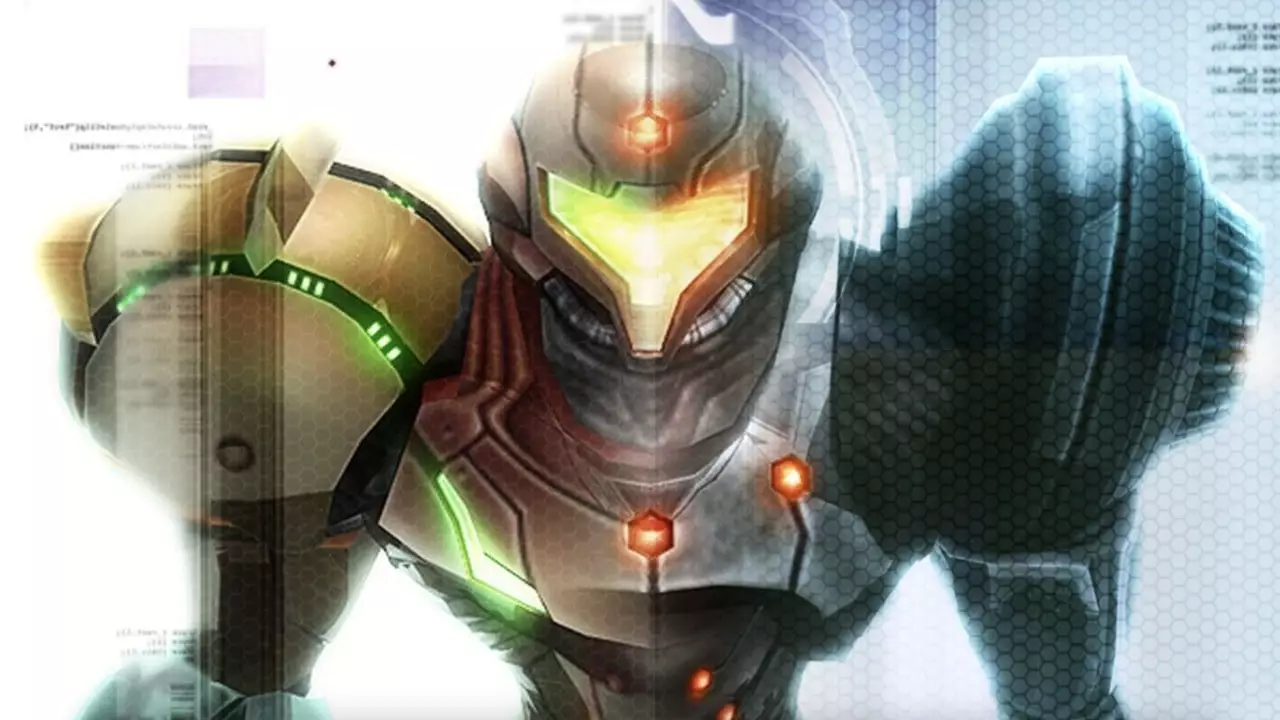Creating a sequel to a critically acclaimed game is often a daunting task, and Retro Studios faced this challenge head-on with Metroid Prime 2: Echoes. The original Metroid Prime was hailed as a masterpiece that pioneered the transition of 2D platforming into a fully-realized 3D world. Skepticism clouded the release of Echoes, as fans wondered if Retro could maintain the high standards established by its predecessor while exploring new gameplay mechanics. While Echoes is often cited as the weaker link in the Metroid Prime trilogy, it certainly possesses unique qualities that set it apart from typical sequels.
One of the most groundbreaking features introduced in Metroid Prime 2: Echoes is the innovative dual-world mechanic that allows players to navigate between the realms of Aether and its dark counterpart, Dark Aether. Though the notion of parallel worlds is not new—the beloved Legend of Zelda series, for instance, incorporated this idea in A Link to the Past—the execution in Echoes elevates the gameplay experience. By introducing the intense, hazardous atmosphere of Dark Aether, the game fundamentally alters the players’ approach to exploration. It requires a strategic mindset where players must constantly keep moving to survive.
Throughout Echoes, players encounter deadly zones in Dark Aether that sap Samus’s health. This relentless pressure encourages players to engage with the game’s environments in a far more dynamic way than what had been necessary before. Instead of leisurely exploring the vast world at their own pace, players must constantly seek refuge in ‘safety bubbles’ to stay alive. This frantic maneuvering not only heightens tensions but also changes the fundamental nature of exploration within the Metroid universe.
The art direction in Metroid Prime 2: Echoes serves a crucial role in embodying the psychological themes of dread and adventure. The bright, somewhat serene landscape of Aether is in stark contrast to the terrifying and densely atmospheric Dark Aether. With each transition between the two realms, players experience an evocative tonal shift—one that is visually stunning yet laden with an ever-thickening sense of foreboding.
The foes that inhabit these contrasting worlds further emphasize this dichotomy. The Warrior Ing enemies lurking in Dark Aether serve not just as adversaries but also as manifestations of the world’s overall threatening nature. The shift in tone significantly influences players’ emotional engagement, making the experience more immersive—a hallmark of good game design that encourages exploration and player investment.
Despite some criticisms directed at the safety bubble mechanic and certain bosses like the Spider Guardian, Metroid Prime 2: Echoes has several notable improvements over its predecessor. Samus’s arsenal received significant enhancements that not only diversified gameplay but also encouraged experimentation. Furthermore, the game reduced the need for tedious backtracking that often plagued many Metroid titles, making the overall pacing more engaging.
While the dual-world mechanic may not have resonated universally, it undeniably highlights the willingness of Retro Studios to take risks. Echoes dared to experiment with gameplay elements that, although not completely flawless, provided a fresh take on the series’ traditional format. This willingness to step outside of established norms is what makes it such an interesting entry in the franchise.
Ultimately, Metroid Prime 2: Echoes holds an important legacy within the Metroid franchise and video game history in general. Though it may not boast the universal acclaim of its predecessor, its bold experimentation with mechanics and atmospheric storytelling deserves recognition. The dual-world system offers an engaging experience that enriches the narrative and encourages strategic exploration, marking Echoes as a unique entry in the series.
While some fans may overlook it in favor of other titles, it would be remiss to disregard the contributions of Metroid Prime 2: Echoes. By experimenting with gameplay mechanics and maintaining the franchise’s signature focus on exploration, it remains a cherished gem for hardcore fans. For newcomers and veterans alike, revisiting Echoes offers an opportunity to appreciate the innovations of Retro Studios and the evolution of the beloved Metroid series. As we look towards the future of gaming, Echoes still stands as a testament that sometimes taking risks can yield outstanding results.

